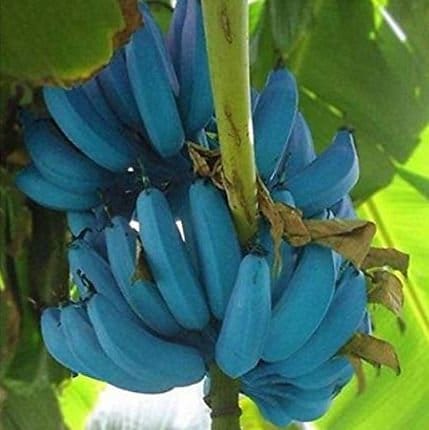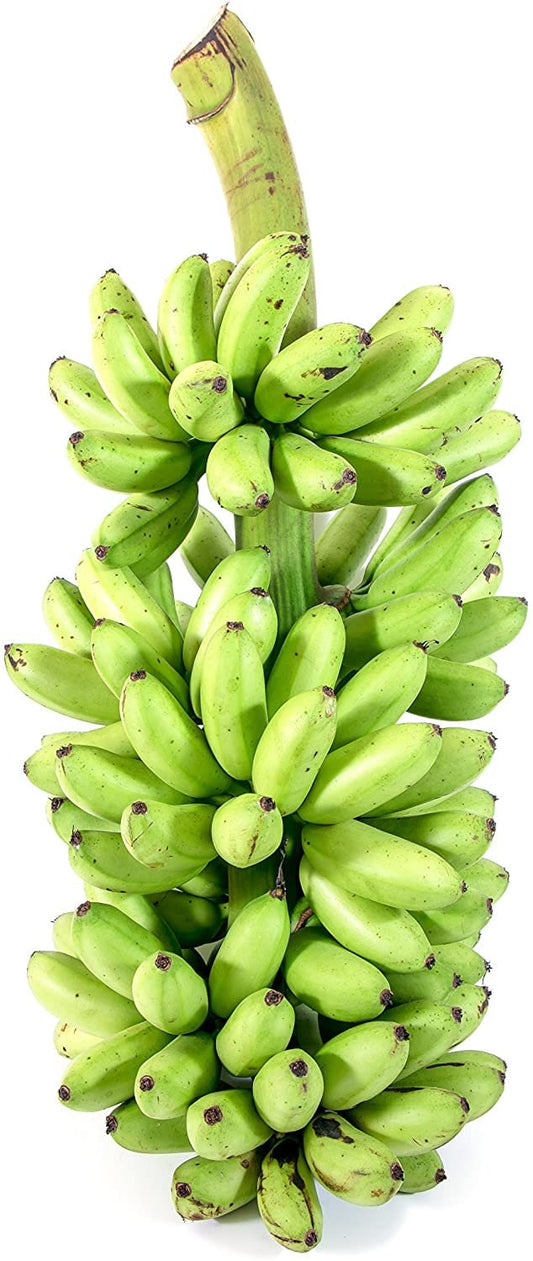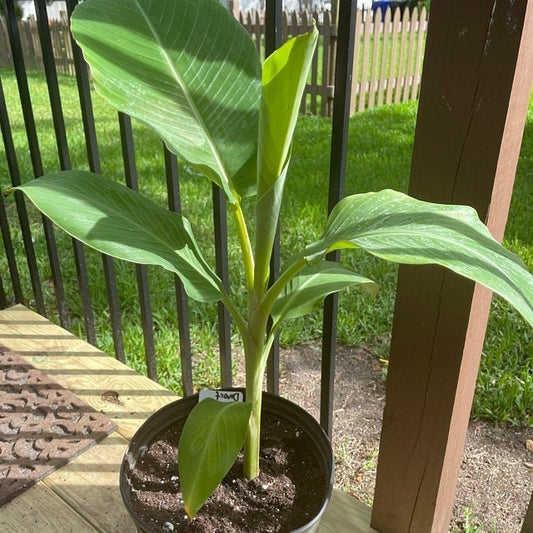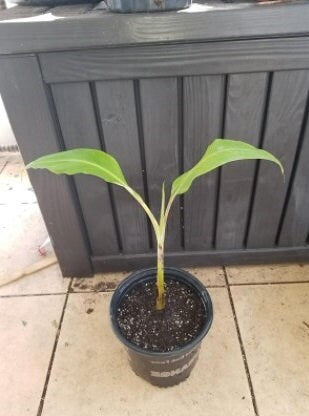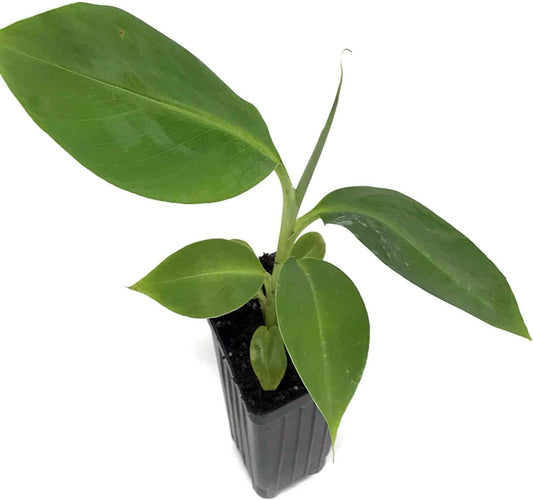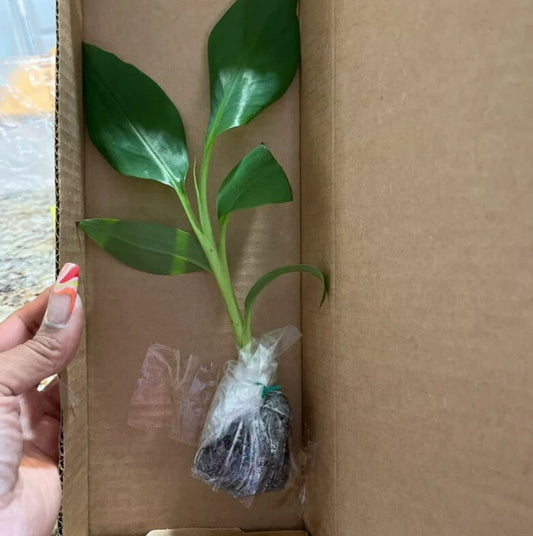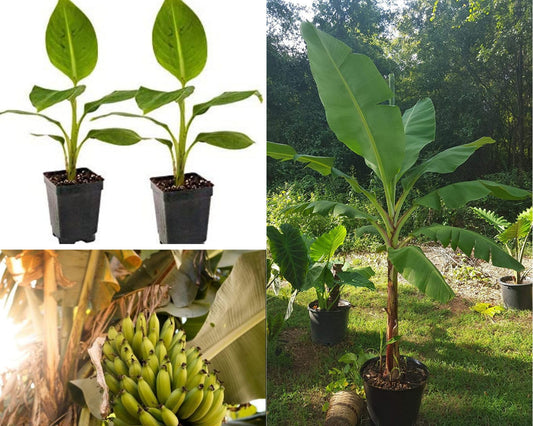The Compact Wonder: Growing Dwarf Cavendish Bananas at Home
Dwarf Cavendish bananas, known for their manageable size and sweet, delicious fruits, are an excellent choice for home gardeners looking to add a tropical flair to their spaces. This variety, a compact version of the traditional Cavendish bananas found in supermarkets, is perfect for growing in smaller gardens or even indoors. Thriving in warm conditions, Dwarf Cavendish bananas can produce fruit in USDA zones 9-11, offering an appealing and rewarding gardening venture for those in suitable climates. This guide will take you through the steps to successfully grow Dwarf Cavendish bananas, ensuring a lush, productive plant.
Understanding Dwarf Cavendish Bananas
The Dwarf Cavendish variety is characterized by its shorter stature, typically growing to about 6-10 feet tall, which makes it an ideal candidate for container gardening or limited outdoor spaces. Despite its smaller size, this variety does not skimp on producing large bunches of the sweet, creamy bananas that are a staple in diets worldwide.
Selecting the Right Location
1. Sunlight Needs: Dwarf Cavendish bananas require full sun to partial shade, with at least six hours of direct sunlight daily to thrive and produce fruit.
2. Soil Requirements: These bananas prefer rich, well-draining soil with a slightly acidic to neutral pH (6.0-7.5). Good soil preparation with plenty of organic matter is key to supporting their growth.
Planting Dwarf Cavendish Bananas
1. Optimal Planting Time: The best time to plant Dwarf Cavendish bananas is in the spring or early summer, allowing the plant ample time to establish itself before cooler temperatures arrive.
2. Planting Process: If starting with a young plant or sucker, dig a hole twice as wide and as deep as the root ball. Mix in compost or aged manure to enrich the soil, then plant the banana, ensuring it's at the same depth as it was in the pot. Backfill the hole and water thoroughly. For container planting, choose a pot at least 18-24 inches in diameter with drainage holes, using a high-quality potting mix.
Care and Maintenance
1. Watering: Dwarf Cavendish bananas need consistent moisture, especially during the warmer months. Water deeply and regularly, allowing the soil to dry slightly between waterings.
2. Mulching: Apply a layer of organic mulch around the base of the plant to help retain soil moisture, suppress weeds, and provide nutrients as it decomposes.
3. Fertilization: Feed your Dwarf Cavendish banana plant with a balanced, slow-release fertilizer every month during the growing season. Incorporate potassium-rich fertilizers to encourage healthy fruit development.
4. Pruning: Regularly remove any dead leaves and manage suckers, leaving only one or two vigorous suckers to ensure the plant's energy is directed toward fruit production.
Harvesting Dwarf Cavendish Bananas
Dwarf Cavendish bananas typically take 9-12 months from planting to produce fruit. The bananas are ready to harvest when they turn from deep green to light green or yellow, and the flower at the end becomes dry and easy to remove. Cut the entire stalk and allow the bananas to ripen off the plant if necessary.
Overcoming Challenges
While generally disease-resistant, Dwarf Cavendish bananas can still face challenges such as pests and cold weather. Protecting the plants from frost and managing pests promptly can ensure a healthy and productive banana plant.
Conclusion
Growing Dwarf Cavendish bananas is a delightful experience that brings the joy of tropical gardening to your home. By providing the right care and conditions, you can enjoy the lush foliage and sweet fruits of the Dwarf Cavendish banana, adding both an exotic touch and a sense of accomplishment to your gardening endeavors. Whether in a garden bed or a large container, Dwarf Cavendish bananas offer a compact yet bountiful option for banana lovers everywhere.
